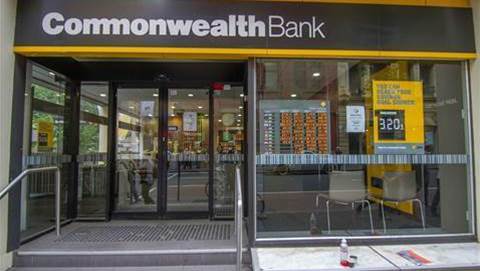A long-touted expansion of the consumer data right (CDR) to action initiation is advancing as legislation is scrutinised by the senate, and industry and government officials meet to flesh out use cases.
The capability could allow consumers to instruct fintechs and other service providers to take certain actions with their permission, including making payments or opening or closing bank accounts.
Previously, fintechs performed these actions on customers' behalf using the controversial practice of screen-scraping, where a third-party logs into a customer's account in order to perform certain actions.
Authorities want to provide a safer and more secure method. The idea for payment initiation in the CDR was first floated back in 2020.
Through the CDR, consumers can currently only grant another party 'read-only' access to their data, limiting potential use cases.
Action initiation or ‘write access’ via the CDR would enable Australians to instruct accredited organisations to action requests on their behalf.
Draft enabling legislation has passed the lower house and is currently before a senate committee that is expected to report by early May 2023.
Treasury and the Data Standards Body (DSB) also recently hosted a Payment Initiation Workshop, which saw 90 members from the CDR community and 30 attendees from the ACCC, DSB, Office of the Australian Information Commissioner and Treasury log in to discuss and understand prospective use cases.
A Treasury spokesperson told iTnews that boosting CDR functionality “to include action initiation will empower consumers to authorise, manage and facilitate actions securely in the digital economy.”
“They would potentially be able to use the CDR to, for example, open and close an account, switch providers, apply for services or make payments where the CDR system extends to such actions," a spokesperson said.
“This will reduce complexity, time and cost for consumers looking to securely get better deals and services that meet their needs, unlock new business models, drive innovation and increase competition.”
Examples of use cases involving the new payment powers could include “a single aggregated view across accounts at different banks with the ability to manage and initiate payments," the spokesperson added.
Treasury also envisions use cases could include “an app that moves funds to optimise interest rates and avoid fees” and “a round-up service automating payments towards a saving or investment goal.”
Within any legislated rules, assistant treasurer and minister for financial services Stephen Jones will need to declare the types of actions that can be initiated under the CDR.
“Once a declaration is made, the minister can make rules that enliven the action type in the CDR,” Treasury's spokesperson said.
“There is a long lead time to bring new action types into the CDR, and all stakeholders will have an opportunity to have their say throughout the process.”
An ACCC spokesperson also told iTnews that should the legislation pass, “relevant rules and data standards would need to be developed, and technology solutions designed and implemented by both the ACCC and by participants”.
“The ACCC could also be tasked with regulating any fees that can be charged for processing payments and other types of actions,” the spokesperson added.


























